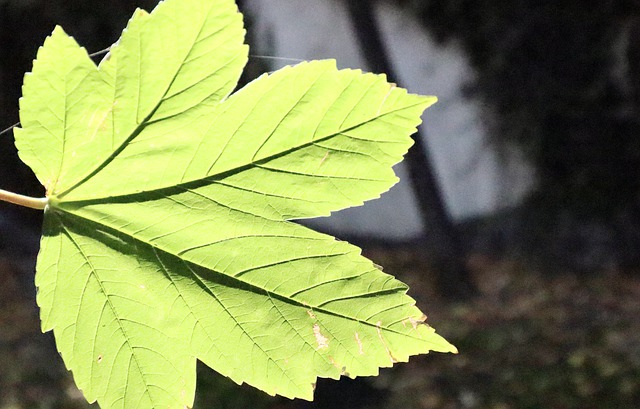
Publicado dia 20/04/2025
triguinho 👉 Triguinho: A Journey of Transformation in Brazilian Cuisine

triguinho, 20/04/2025
Olá, pessoal! Hoje vamos falar sobre triguinho, além de complementar com detalhes sobre triguinho.
In the rich tapestry of Brazilian culinary heritage, few ingredients hold as much promise and potential for innovation as triguinho, a lesser-known relative of traditional flour. Its delicate texture and nuanced flavor distinguish it as a unique choice for chefs and home cooks alike. As the gastronomic world continues to evolve, triguinho is stepping into the spotlight, reflecting a broader trend towards sustainability and culinary creativity in Brazil.triguinho

Traditionally, triguinho—which can be translated as "little wheat"—has occupied a humble role in the country’s food landscape. Often overshadowed by its more popular counterpart, regular wheat flour, triguinho has been utilized primarily in rustic dishes, providing a hearty base for the likes of porridges and breads. However, in recent years, there has been a resurgence of interest in this ingredient, as food enthusiasts and health-conscious consumers alike begin to explore its myriad uses and benefits.triguinho

One of the remarkable aspects of triguinho is its nutritional profile. As a whole grain, it is rich in fiber, vitamins, and minerals, lending itself to numerous health benefits that resonate with today’s eager proponents of healthy eating. Its versatility allows it to blend seamlessly into a range of dishes, from baked goods to pasta, making it a formidable ally in any kitchen striving for both health and flavor.triguinho
The culinary imagination surrounding triguinho is boundless. Innovative chefs are embracing its unique attributes, incorporating it into traditional recipes, and exposing diners to new taste experiences. Through creative experimentation, various preparations showcase triguinho as an appealing alternative to standard wheat flour. Its fine consistency allows for diverse applications, from light and airy cakes to savory pancakes, inviting a new generation of food lovers to engage with the ingredient.
There is a palpable excitement among numerous culinary artisans experimenting with triguinho in their kitchens. From pop-up events to tasting menus, the ingredient is finding its way onto plates across the country, capturing the attention of food critics and enthusiasts alike. Major culinary festivals now feature workshops focused on imaginative ways to incorporate triguinho into contemporary meals, further solidifying its place in the evolving dialog of Brazilian cuisine.
Moreover, the rise of triguinho aligns with a broader movement toward sustainable food practices. As the world becomes increasingly focused on environmental stewardship, many are seeking out local ingredients that minimize their carbon footprint. Triguinho’s cultivation supports local agriculture, encouraging sustainable farming practices that benefit both farmers and consumers. This holistic approach not only nurtures the health of the planet but also fosters a deeper connection between people and their food sources.
The impact of triguinho transcends mere gastronomy; it is emblematic of a cultural renaissance. As chefs and farmers collaborate to bring attention to local ingredients, the narrative around Brazilian cuisine is being rewritten. New generations are re-engaging with traditional practices while simultaneously adding a contemporary twist. Triguinho has become a symbol of this unified effort, inspiring young chefs to both honor their culinary roots and innovate fearlessly.
The popularity of triguinho is also gaining traction outside the confines of fine dining, as more home cooks discover its benefits. With an increasing number of recipes available online, exploring culinary creations using triguinho has never been easier. As it gains momentum through social media platforms and cooking blogs, it is becoming an ingredient poised for household kitchens across Brazil.triguinho
Com base na discussão anterior, podemos especular sobre o impacto de triguinho em outros fatores.
Challenges remain, of course. As with any rising star in the culinary world, there are obstacles to widespread adoption. Awareness and education about triguinho are necessary to overcome the inertia surrounding traditional ingredients. A concerted effort from local communities, cooking schools, and culinary institutions will be crucial in expanding its recognition and encouraging its use in everyday cooking.
In the final analysis, the journey of triguinho encapsulates a significant moment in Brazilian culinary history. The ingredient embodies a bridging of tradition and modernity, echoing the nation's diverse food story. As efforts to embrace local ingredients intensify, triguinho proudly stands at the forefront, championing sustainability while celebrating a cultural legacy. triguinho
The vision for the future is bright. With the continual exploration of triguinho's potential, there is a burgeoning community of enthusiasts eager to share ideas, recipes, and experiences. Ultimately, the rise of triguinho signifies much more than just a trend; it highlights a resilient spirit, an embrace of innovation, and a commitment to honoring the land, the farmers, and the vibrant essence of Brazilian cuisine itself. The future of triguinho is indeed promising, paving the way for new narratives and rich experiences that will surely enrich the table and the soul of Brazil for generations to come.triguinho
O conteúdo sobre triguinho e triguinho chega ao fim. Agradecemos sua leitura e esperamos compartilhar mais conteúdos com você em breve!